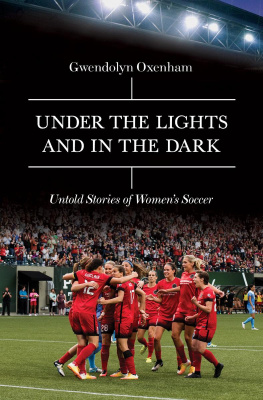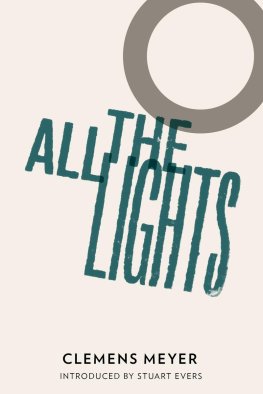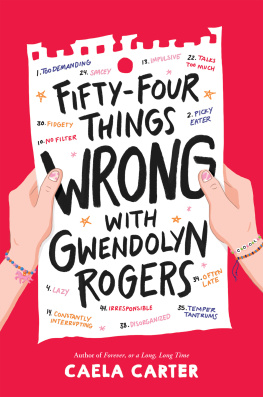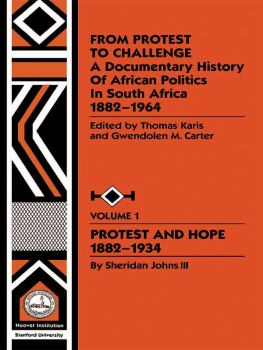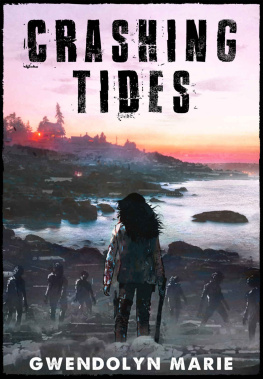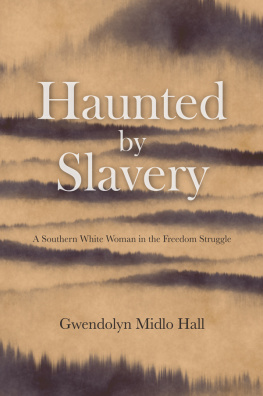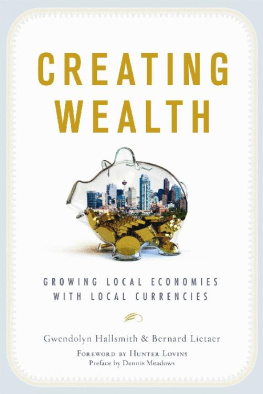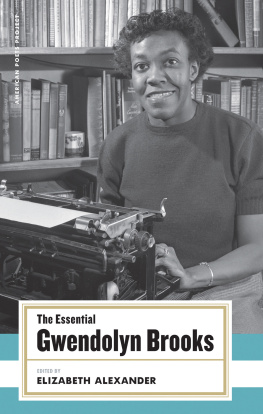Gwendolyn Oxenham - Under the Lights and In the Dark
Here you can read online Gwendolyn Oxenham - Under the Lights and In the Dark full text of the book (entire story) in english for free. Download pdf and epub, get meaning, cover and reviews about this ebook. year: 2017, publisher: Icon Books Ltd, genre: Detective and thriller. Description of the work, (preface) as well as reviews are available. Best literature library LitArk.com created for fans of good reading and offers a wide selection of genres:
Romance novel
Science fiction
Adventure
Detective
Science
History
Home and family
Prose
Art
Politics
Computer
Non-fiction
Religion
Business
Children
Humor
Choose a favorite category and find really read worthwhile books. Enjoy immersion in the world of imagination, feel the emotions of the characters or learn something new for yourself, make an fascinating discovery.
- Book:Under the Lights and In the Dark
- Author:
- Publisher:Icon Books Ltd
- Genre:
- Year:2017
- Rating:5 / 5
- Favourites:Add to favourites
- Your mark:
- 100
- 1
- 2
- 3
- 4
- 5
Under the Lights and In the Dark: summary, description and annotation
We offer to read an annotation, description, summary or preface (depends on what the author of the book "Under the Lights and In the Dark" wrote himself). If you haven't found the necessary information about the book — write in the comments, we will try to find it.
Under the Lights and In the Dark — read online for free the complete book (whole text) full work
Below is the text of the book, divided by pages. System saving the place of the last page read, allows you to conveniently read the book "Under the Lights and In the Dark" online for free, without having to search again every time where you left off. Put a bookmark, and you can go to the page where you finished reading at any time.
Font size:
Interval:
Bookmark:
To the players: the heroes of the past who made the stories of this generation possible; and the heroes of the present who shape the game for tomorrow
I N J ULY OF 2004 , I stood with my teammate on the side of a dirt road in Itanham, Brazil, holding out my thumb, attempting to hitchhike to professional futebol practice. We played for Santos FC, the most storied club in Brazil, and this was our daily routine: Karen batted at my thumb and mumbled at me in Portuguese, never satisfied with my technique. A two-toned car with missing hubcaps slowed down and honked (you learn quickly that the nice cars pass you by, but the sketchier ones are always willing to stop). We took off after the car, running and laughing, yelling, Obrigada!, having saved ourselves the 45-minute walk to the field. Karen sat in the front seat with her elbows propped on her knees and kept up continuous chatter with the driver, stopping only to wave victoriously as we passed teammates still on foot. I had learned that if I kept my mouth shut I could pass for Brazilian. When the driver looked questioningly into the rear-view mirror at the mute girl in the back, Karen slung her thumb at me and said, matter-of-factly, Americana. As Karen went back to chatting, I sat on the animal-fur-covered backseat and considered my summer.
One year earlier, I had graduated from college, the same year the US professional league folded. I went to grad school and found a new life. But on a snowy morning in South Bend, Indiana, I received an email with the subject line: PROFESSIONAL BRAZILIAN TEAM LOOKING FOR AMERICAN GOALSCORER. I opened it and stared at the text live in a bungalow on the beach, play for Santos Futebol Clube and then I typed, Im a forward, even though I was a retired outside mid who almost never scored goals. One month later I was on a plane to So Paulo. I wouldnt get paid few did. I didnt care. All my life Id grown up on Brazilian futebol folklore. There was no way I could pass up the chance to play for Santos, home of Pel himself.
I spoke no Portuguese; my teammates spoke no English. My summer was an incredible, wordless haze: we trained twice a day, six to seven hours. Sometimes a horse grazed on the grass at midfield. My teammates could juggle the ball on their shins. We often trained barefoot on the beach, running plyometrics over cardboard hurdles. When the Brazilian winters dumped too much rain on the field and there were high tides at the beach, we ran sprints on the main highway, occupying one lane, passing cars dousing us with water. After training we walked home slowly. When it was warm enough, we jumped in the ocean even Cris, our six-foot-tall keeper who did not know how to swim and who once had to be rescued but who kept going in anyway. Back in our dorms, we ate rice and beans for dinner. In the alley behind our rooms, we washed our jerseys by hand in the concrete basins as my teammates tried to teach me to samba. At night, on our bunk beds, we passed back and forth my PortugueseEnglish dictionary. I learned about their lives. They came from all over Brazil, from the highlands of the Northeast to a tiny island without cars. They had all learned to play on the street with the boys, and most had a familiar dream: to one day make the national team.
T HIS GLIMPSE INTO the life of a Brazilian futebol player lasted for only one season, but it made me wonder what the womens game looked like in the rest of the world. When I watched the Womens World Cup on television, I knew nothing about the majority of the teams taking part. What were their lives like? You hear a lot about inequality in womens soccer what are the stories that grow out of that broad term?
I wanted to find out what it means to be a top womens player, not just in the United States, where I live, but everywhere, from Nigeria to Russia. I often tried to web my way around the world via teammates of my former teammates, which means that many of the stories I found have an American tie (a tie that often runs through Portland, the heartbeat of womens soccer in the United States). Dozens of players across the world shared their stories and their time. Whether from Liverpool or Lagos, Tokyo or Kabul, Kingston or Paris, heres one thing that was always true: at an early age, they found the game and held on, driven neither by money nor fame only the desire to be great. Here are their stories.
F EBRUARY 2016, AT 8.15 on a Friday night in a rented high school gym in Queens, New York, two teams of Latino men get ready to play futsal a fast-paced, small-sided version of soccer. The fans lean against the wall, empanadas in hand, eyes on the court, eyes on the white girl la gringa who warms up alongside the men.
Though Allie Long gives off no signs of being anything but at ease, as a spectator, you cant help be nervous for her just by nature of sheer contrast: the men warming up are burly and brutish, all hairy legs and tattooed forearms. Some have their hands tucked beneath the waistbands of their shorts, like at any second they will reach down and jostle their balls. Their stretches are choppy and brusque, aggressive bursts of toe touching. And though the game has not yet started, they already smell like sweat.
Then theres Long: the gym lights glint off her blonde ponytail. She arrives at the court wearing a zip-up, cowl-neck hoodie. A forest green infinity scarf is slung over the top, looking effortlessly glamorous. She has on black Lycra leggings and Nike sneakers with neon yellow mesh. She strips off several top layers until she is down to a t-shirt, an oversized mens v-neck that somehow makes her seem all the more feminine.
When the referee catches sight of her, he does a double-take, head whipping back in her direction. Incredulous, he says, Are you going to play? When she nods, he pushes for further clarification: With them? he asks, gesturing to the men surrounding him. Again, Long nods.
In high school gyms across Queens, the Bronx, Brooklyn, and Manhattan, immigrant men from all over the world play for money in cutthroat futsal leagues, games often stretching until three in the morning. In most of those gyms, Long is a familiar face, having played in these leagues for the past four years. But P.S. 130 is one of the few gyms and leagues she has not yet played in. Her usual Friday night team is currently in Vegas, playing for a $36,000 pot (which they will win). Long, in training, always in training, needed a game, and her friend Diego invited her to play with his team of Argentines.
Long briefly exits the gym, presumably to change out of her leggings. The group of Ecuadorians shell be playing against stand in a huddle and talk about her in Spanish, every sentence peppered with gringa or rubia (blonde girl).
When Long returns, she is wearing Paris Saint-Germain soccer shorts. While its common practice for players to don the shorts of the professional team they support, often bought in gift shops or ordered on the internet, Allies shorts are actual Paris Saint-Germain shorts. In 2014, she was the starting center midfielder for the womens side.
Long hurriedly pulls on crew socks, tiny shinguards, and turf shoes. She tugs her teams Argentine jersey over the top of her t-shirt. She then removes the t-shirt, slipping it out of the head hole a deft move shes clearly done thousands of times.
Allie doesnt start, instead stretching along the sideline as the game begins. The game falls into its rhythm: it is fast-paced and blunt, heavy bodies lurching on the basketball court, nearly clumsy-looking, were it not for the grace with which they ping the ball: its almost all one-touch, zipping from one player to the next, each player attuned to the others.
Five minutes into the game, the spectators are chanting,
Font size:
Interval:
Bookmark:
Similar books «Under the Lights and In the Dark»
Look at similar books to Under the Lights and In the Dark. We have selected literature similar in name and meaning in the hope of providing readers with more options to find new, interesting, not yet read works.
Discussion, reviews of the book Under the Lights and In the Dark and just readers' own opinions. Leave your comments, write what you think about the work, its meaning or the main characters. Specify what exactly you liked and what you didn't like, and why you think so.

